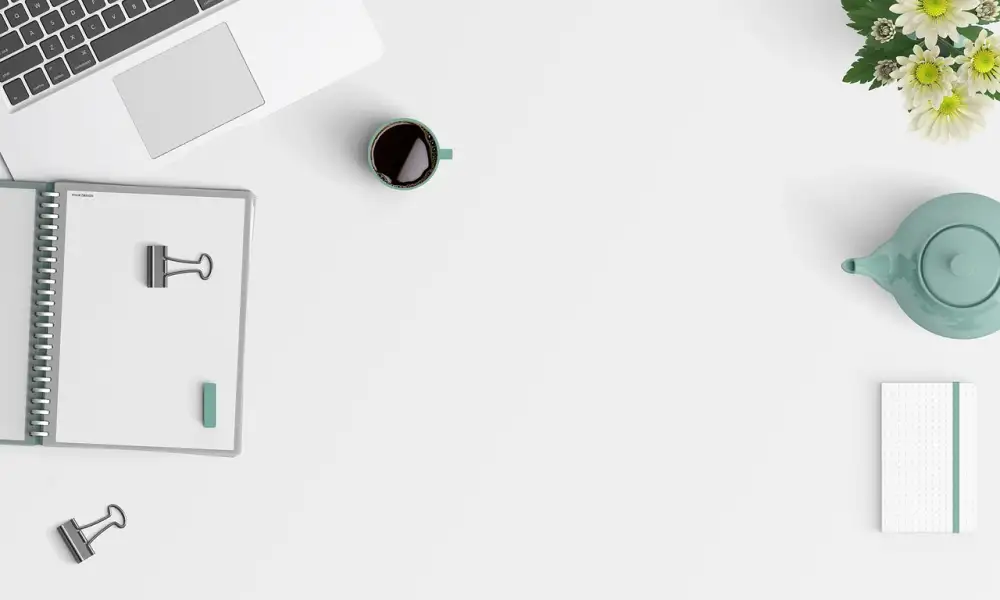Restore Your Cast Iron Cookware: Expert Tips on How to Clean Rusty Cast Iron

- Gather materials: white vinegar, baking soda, steel wool, dish soap, cloth.
- Scrub the rust: Mix equal parts vinegar and water, soak cast iron for a few hours, scrub with steel wool.
- Rinse and dry: Wash with dish soap, rinse thoroughly, and dry immediately.
- Remove stubborn rust: Make a paste of baking soda and water, apply to rust spots, scrub gently.
- Season the cast iron: Apply a thin layer of oil, bake in the oven at 350°F for an hour.
- Store properly: Keep cast iron in a dry place to prevent rusting in the future.
Gather materials: white vinegar, baking soda, steel wool, dish soap, cloth.
To restore your rusty cast iron cookware, you will need a few essential materials: white vinegar, baking soda, steel wool, dish soap, and a cloth. These items are crucial for effectively removing rust and bringing your cast iron back to its former glory. White vinegar helps to break down the rust, while baking soda acts as a gentle abrasive to scrub away the stubborn spots. Steel wool is perfect for tackling tough rust patches, and dish soap will ensure your cookware is thoroughly cleaned before seasoning. Lastly, a cloth will come in handy for drying off the cast iron after cleaning. With these materials on hand, you'll be well-equipped to tackle the task of restoring your beloved cast iron cookware.
Scrub the rust: Mix equal parts vinegar and water, soak cast iron for a few hours, scrub with steel wool.
To effectively remove rust from your cast iron cookware, start by mixing equal parts white vinegar and water in a container large enough to submerge the affected area. Let the cast iron soak in this solution for a few hours to loosen the rust. After soaking, use steel wool to scrub away the rust gently. The combination of vinegar's acidity and water helps break down the rust, making it easier to remove with minimal effort. Remember to wear gloves while handling vinegar and steel wool for safety.
Rinse and dry: Wash with dish soap, rinse thoroughly, and dry immediately.
After scrubbing off the rust from your cast iron cookware, it's crucial to rinse and dry it properly to prevent any further rusting. Use a mild dish soap to wash the cast iron, making sure to remove all traces of vinegar or baking soda. Rinse the cookware thoroughly with water, ensuring no soap residue is left behind. Once cleaned, dry the cast iron immediately with a clean cloth or paper towel to prevent any moisture from lingering on the surface and causing rust to form again.
Remove stubborn rust: Make a paste of baking soda and water, apply to rust spots, scrub gently.
To remove stubborn rust from your cast iron cookware, create a paste by mixing baking soda with water until it forms a thick consistency. Apply this paste directly onto the rust spots on the cookware and let it sit for about 15-20 minutes to allow the baking soda to work on breaking down the rust. Then, using a soft cloth or a gentle scrubbing pad, scrub the affected areas gently in circular motions. The mild abrasive nature of baking soda helps to lift off the rust without damaging the seasoning or surface of the cast iron. Repeat this process as needed until all stubborn rust spots are removed, ensuring that you rinse and dry the cookware thoroughly afterwards to prevent any new rust from forming.
Season the cast iron: Apply a thin layer of oil, bake in the oven at 350°F for an hour.
Once you have successfully removed the rust from your cast iron cookware, it's crucial to season it properly to restore its non-stick surface and prevent future rusting. To season the cast iron, apply a thin layer of oil all over the pan or skillet, ensuring to coat both the inside and outside surfaces. Place the oiled cookware upside down in an oven preheated to 350°F and bake for about an hour. This process allows the oil to polymerize, creating a protective layer that enhances the cooking performance of your cast iron while also maintaining its durability. Remember to handle with care as the cookware will be hot after baking.
Store properly: Keep cast iron in a dry place to prevent rusting in the future.
To store your cast iron cookware properly and prevent rusting in the future, it's essential to keep it in a dry place. Moisture is the enemy of cast iron as it can lead to rust formation. After cleaning and seasoning your cast iron, make sure it is completely dry before storing it. You can place a paper towel inside the cookware to absorb any excess moisture. Additionally, consider storing your cast iron with a lid slightly ajar to allow for air circulation and prevent any potential moisture buildup. By following these simple storage tips, you can ensure that your cast iron cookware remains in top condition for years to come.
Published: 10. 03. 2024
Category: Home



